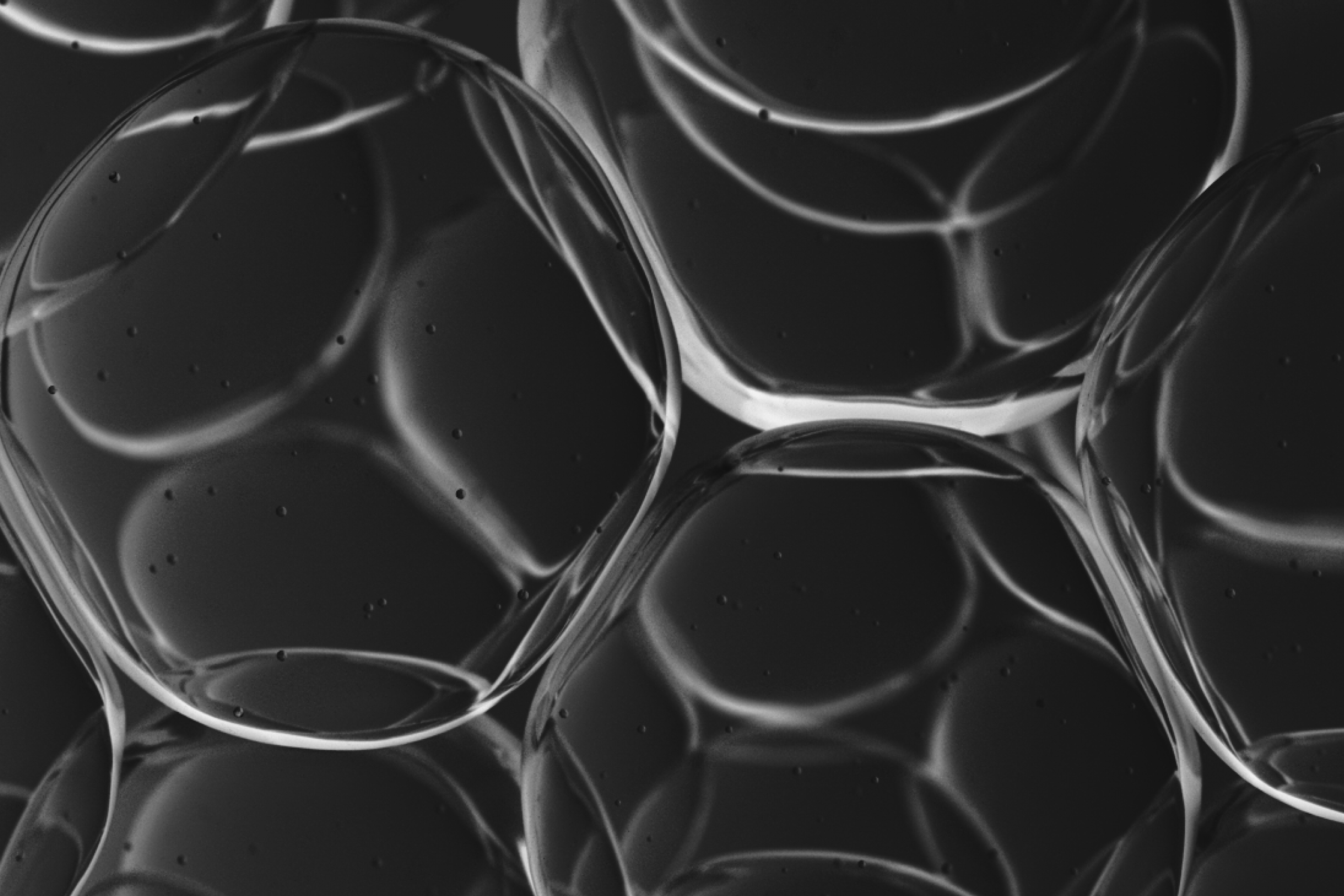Cellular Health Is The Future Of Preventative Muscular Health
Aging affects cellular health leading to a decline in muscle mass and function. Improving cellular health can help us prevent that and age better.

February 04, 2019
6 min read
Thirty to forty percent of the total mass of a human body, on average, is skeletal muscle (1). It’s the most abundant tissue. Muscle function is critical not only for locomotion, but also for breathing and other critical body functions. As we age muscle mass and function declines and this starts within our cells. Let’s understand how aging affects cellular health and how to improve it to age better.
Muscle aging can culminate with sarcopenia, a medical condition that represents the extreme of muscle loss with aging, whereby individuals suffer from a loss of muscle mass and accompanying muscle weakness (2). This can make daily activities as basic as going up stairs or getting up from a chair difficult. While this is most frequent in older individuals, the first signs of muscle aging appear earlier than you might think, already starting during our 30s.
Cells are the building blocks of our muscles and numerous biological processes control cellular health, some of which decline over time and prime muscle aging. Several key underlying factors of muscle cell aging include mitochondrial function, protein quality control, oxidative status, muscle cell renewal, insulin sensitivity and circulation factors.
Key regulators of cellular health
1. Mitochondria: Mitochondria are the organelles found inside our cells that produce the required energy (ATP) for cellular function. Mitochondrial health inevitably declines over time and is affected by several diseases and lifestyle factors (3). Old mitochondria have reduced respiratory capacity, which means they are less able to produce energy in the form of ATP molecules. Also, they tend to produce more toxic metabolites (3). Mitochondria are dynamic organelles and cells can build up new, healthier mitochondria in a process called mitochondrial biogenesis. These mitochondria get interconnected in mitochondrial networks to optimize their functioning and when they are exhausted or damaged, are broken down in smaller organelles and selectively removed through a process called mitophagy (4). Healthy muscles require that these mitochondrial dynamics are always well functioning (5). A deficit in mitochondrial biogenesis and mitophagy are well-known hallmarks of aging (6) and cause abnormalities in mitochondria number, morphology and function. As a consequence, mitochondrial dysfunctions all lead to a loss of muscle mass.
2. Protein quality and autophagy: Damaged or aggregated protein inside our cells leads to cellular stress. Indeed, protein homeostasis (or proteostasis), the natural process of controlling the production and removal of proteins in cells, is crucial to maintaining healthy cells (7). Cells recognize and fix misfolded or damaged proteins and when there is no way to repair them, they get rid of them. Cells have their own cleaning system and they can remove proteins as well as other damaged cell structures by a process called autophagy. Mitophagy, that we discussed above, is indeed the specific autophagy of mitochondria. When proteostasis and autophagy don’t work properly, and this is the case upon aging, cells accumulate damaged elements. Over time, this intracellular garbage can become toxic, damage our cells and cause the reduction of muscle size and function.
3. Oxidative status: Metabolic reactions can generate byproducts called ROS, which stands for “reactive oxygen species”. While low levels of ROS have normal physiological functions, an excess of these molecules becomes detrimental, since they can easily react with and damage proteins, lipids, and DNA (6). Oxidative stress is often the prelude to tissue inflammation, another key feature of muscle aging. Of note, dysfunctional mitochondria are a major source of ROS and oxidative stress.
4. Regenerative ability: The large majority of our skeletal muscle cells, which make up muscle tissue, are mature and do not divide anymore, meaning they cannot regenerate the tissue. However, the muscles host a small number of stem cells – which keep the ability to reproduce and are also called “satellite cells”. They are responsible for the growth and repair of muscle tissue. Research has demonstrated that the ability of these muscle stem cells to repair does not decrease over time. However, aging clearly reduces the number of stem cells and, therefore, has an impact on the body’s capacity to grow and repair muscle (8).
5. Insulin sensitivity: muscle cells respond to insulin thereby contributing to the uptake of blood glucose. However, upon aging, muscle cells become resistant to insulin with a negative effect on energy metabolism (9).
6. Circulating factors: Hormones and growth factors that circulate in the blood have an effect on nearby tissues as well as on distant organs. Myokines are small proteins produced by muscle cells and released into the blood when muscles contract. They can act locally on the nearby muscle and immune cells or have effects in distant organs (such as the brain). Myokines can play an important role in muscle maintenance, or trigger muscle fiber swelling after exercise. However, myokines tend to decrease with age (10).
Conclusion
Muscle aging is a complex process, but science is starting to understand how it works. Having a sense of how cellular health declines with aging is important to define effective prevention and interventional strategies. So far, we know that two lifestyle changes can combat muscle aging: regular exercise and optimal nutrition. However, this does not mean merely abiding by the classic “five fruits and veggies a day” rule, but refers to smart nutrition, tailored to impact these key biological processes described above that impact muscle health with age.
Authors
Amazentis Editorial Staff


